With the boom in demand for carbon credits following COP26, Vietnam has many opportunities to develop this market, creating high-quality carbon credits to sell regionally and globally.
 |
| Developing a carbon market brings many benefits at the macro and micro level, both short-term and long-term, and at the national and international level. (Source: Unsplash) |
A carbon credit is a certificate representing the right to emit one ton of carbon dioxide (CO2) or other greenhouse gas equivalent to one ton of CO2 (symbol: CO2tđ). One ton of CO2tđ is considered a carbon credit. This is the unit of purchase and sale on the carbon market or carbon credit market. Carbon credits or carbon allowances are considered a type of permit that allows the owner to emit a certain amount of CO2.
Necessary need - global trend
The carbon credit market originated from the United Nations Kyoto Protocol on climate change, adopted in 1997 and specifically regulated in Article Six of the 2015 Paris Agreement. Accordingly, developed countries are obliged to reduce greenhouse gas emissions, either by directly reducing emissions or by purchasing emission reduction certificates from other countries.
Since then, a new type of commodity has appeared in the world, which is certificates of greenhouse gas emission reduction/absorption. Carbon trading and exchange have formed a carbon market or carbon credit market.
After the Kyoto Protocol, carbon markets have developed strongly in European, American and Asian countries. There are two main types of markets. One is the mandatory carbon market, in which carbon trading is based on the commitments of countries in the United Nations Framework Convention on Climate Change (UNFCCC) to achieve greenhouse gas reduction targets. This market is mandatory and is mainly for projects in the Clean Development Mechanism (CDM), Sustainable Development Mechanism (SDM) or Joint Implementation (JI).
Second, voluntary carbon markets are based on bilateral or multilateral agreements between organizations, companies or countries. Credit buyers participate in transactions on a voluntary basis that meet environmental, social and corporate governance (ESG) policies to reduce their carbon footprint.
Currently, there are 58 countries in the world developing carbon markets, 27 countries applying carbon taxes, of which, some countries apply both. These countries build carbon credit trading floors and have many transactions, the revenue is very large, creating a trend for countries that have not participated in the market.
Most notably, in Europe there is the EU Emissions Trading System (EU ETS). From October 2023, the EU will impose a carbon tax on six types of imported goods from outside that have a high risk of pollution: iron and steel, cement, fertilizers, aluminum, electricity and hydrogen. These are sectors that account for 94% of the EU's industrial emissions. Importers will have to report the amount of emissions in imported goods, and if these emissions exceed EU standards, they will have to buy "carbon credits" at the current carbon price in the EU.
Japan has the Japan Carbon Credit Trading Scheme (J-Credits) which opened on October 11, 2023 on the Tokyo Stock Exchange (TSE). Currently, there are 188 Japanese companies and organizations participating in the trading of carbon credits verified by the government through the use of renewable energy and forest management. The US has the California Cap-and-Trade Program; China has the China National Emissions Trading Scheme... A series of Asian countries have opened carbon credit trading floors such as: Singapore (May 2021), Malaysia (September 2022), Indonesia (September 2022)...
New energy finance firm Bloomberg predicts the size of the global carbon offset market could soar to $1 trillion by 2050, from about $2 trillion now, if countries expand the use of carbon credits.
Reality has shown that developing a carbon market brings many macro and micro benefits, both short-term and long-term, at the national and international level. This helps create new sources of income for projects and activities to reduce emissions, such as: afforestation, forest protection and renewable energy development, contributing to responding to climate change - one of the world's biggest challenges. Carbon markets create economic incentives and encourage businesses to invest in cleaner and more efficient technologies, switch to renewable energy sources and lower-emission production methods.
In other words, the carbon market is a mechanism to create resources to promote greenhouse gas emission reduction and the transition to a carbon-neutral economy. Of course, the carbon credit market is only effective and has real benefits if it is applied synchronously, widely and equitably on a global scale.
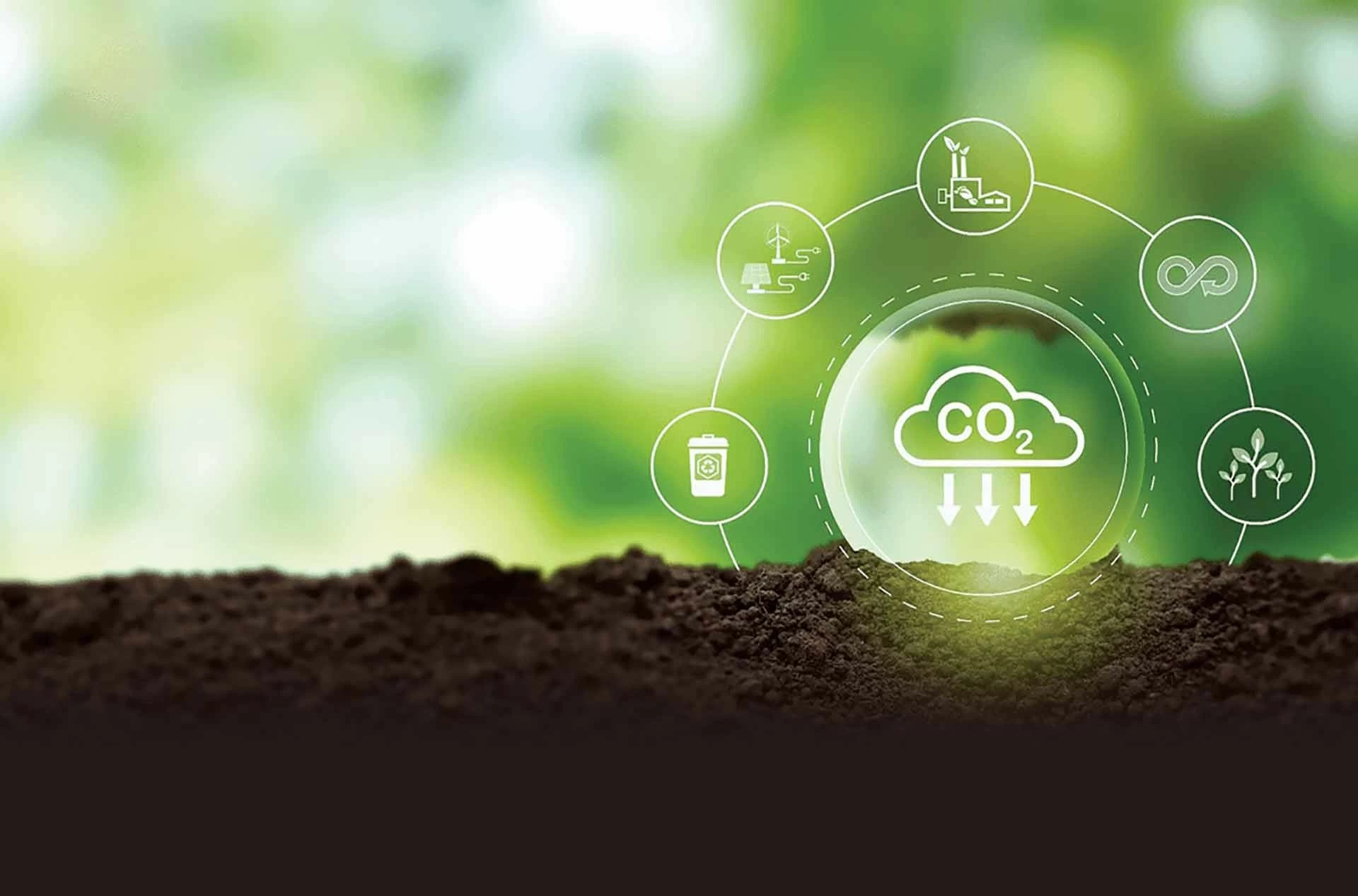 |
| Carbon Credit Market: For a Greener Life |
Vietnam's strong progress
Vietnam always considers climate change as the biggest challenge and requires a global approach. At the same time, it is always consistent and makes efforts to implement commitments on reducing greenhouse gas emissions, considering this a responsibility and also an opportunity for Vietnam to shift to a suitable development model in the future.
Implementing the Paris Agreement, Vietnam has fulfilled its mandatory obligation to reduce greenhouse gas emissions from 2021 according to its Nationally Determined Contribution (NDC). In particular, it must implement measures to reduce greenhouse gas emissions towards the goal of achieving net zero emissions by 2050, reducing methane emissions by 30% by 2030, gradually reducing and eliminating coal power in the 2030-2040 period, and protecting forests according to the commitment at the COP26 Conference.
The current carbon credit market that Vietnam wants to build has a mandatory element. Accordingly, businesses that are controlled for greenhouse gas emissions, if they emit more than the set quota, can buy additional carbon credits on the mandatory market, or a small portion from the voluntary market to offset.
In contrast, the voluntary carbon credit market has been operating for some time, but currently mainly comes from forestry (forests), due to historical factors in the global effort to reduce greenhouse gas emissions. Moreover, with the boom in demand for carbon credits after COP26, Vietnam has many opportunities to develop the carbon market. Vietnam can create high-quality carbon credits and sell them regionally and globally.
Basically, scientists agree that Vietnam is a country with great potential for supplying carbon credits. In 2023, in the forestry sector, Vietnam became the first country in the region to successfully sell 10.3 million forest carbon credits (10.3 million tons of CO2) through the World Bank (WB) at a unit price of 5 USD/ton, earning 51.5 million USD (about 1,200 billion VND).
In the coming time, Vietnam will continue to transfer to LEAF/Emergent 5.15 million forest carbon credits (equivalent to 5.15 million tons of CO₂) in 11 provinces in the South Central and Central Highlands regions in the period of 2022-2026, with a minimum price of 10 USD/ton. These are positive signals in the commercialization of Vietnam's carbon credits.
Currently, Vietnam is drafting a project on “Developing a carbon market in Vietnam” based on Decree No. 06/2022/ND-CP of the Government regulating the reduction of greenhouse gas emissions and the protection of the ozone layer. From 2028, Vietnam will officially operate a carbon credit trading floor with domestic connection and exchange activities with regional and global markets.
Speaking with The Gioi and Viet Nam Newspaper, Dr. Samuel Buertey, Acting Deputy Head of the Department of Accounting and Law, Faculty of Business, RMIT University Vietnam, stated that in order to complete the project's objectives, especially the official operation of the carbon credit trading floor in 2028, the carbon credit market in Vietnam needs to be built in accordance with the practical conditions and development orientation of the country, the commitment to reduce greenhouse gas emissions with the international community and the development trend of the global carbon credit market.
The carbon credit market needs to make the most of the resources of domestic economic sectors in participating in greenhouse gas emission reduction activities; harmonize the interests of entities in the carbon credit market, increase national competitiveness towards low-carbon economic development and green growth associated with sustainable development.
For businesses, capturing information and preparing carefully to participate in the market through improving the capacity of greenhouse gas inventory, measuring, reporting and assessing greenhouse gas emission activities at the industry and facility levels; calculating emission reduction scenarios is an urgent task and requires a suitable roadmap for the unit.
In particular, according to Dr. Samuel Buertey, in the medium and long term, Vietnam should consider linking with other carbon markets in the region and globally, to make the market transparent, approach and meet international requirements.
In summary, with careful and solid measures, the carbon credit market in Vietnam needs to be built in accordance with practical conditions and the country's development orientation, commitment to reducing greenhouse gas emissions and development trends.
Source: https://baoquocte.vn/thi-truong-tin-chi-carbon-vi-cuoc-song-xanh-hon-286154.html






![[Photo] Prime Minister Pham Minh Chinh chairs meeting on US imposition of reciprocal tariffs on Vietnamese goods](https://vstatic.vietnam.vn/vietnam/resource/IMAGE/2025/4/5/9b45183755bb47828aa474c1f0e4f741)

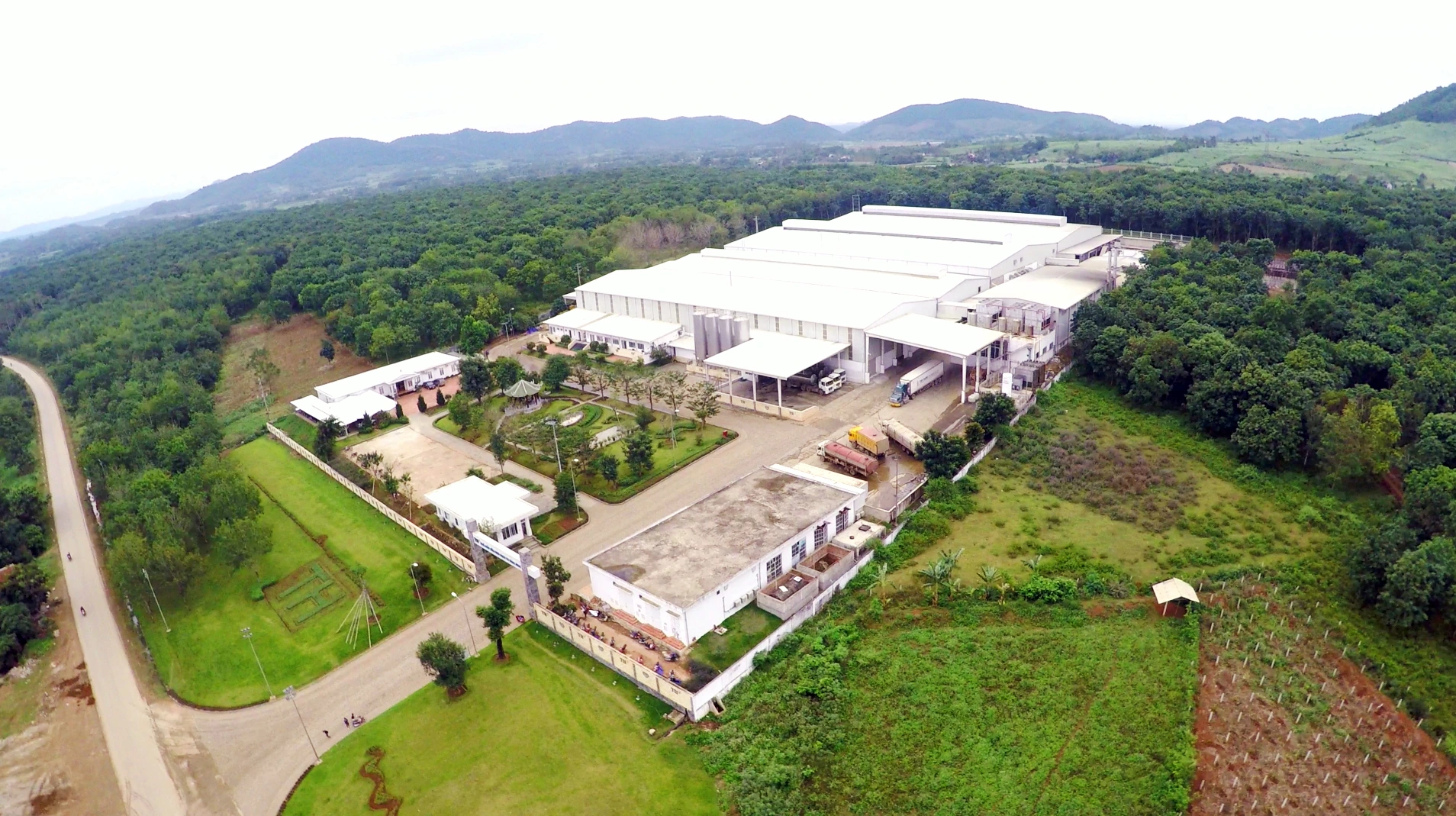

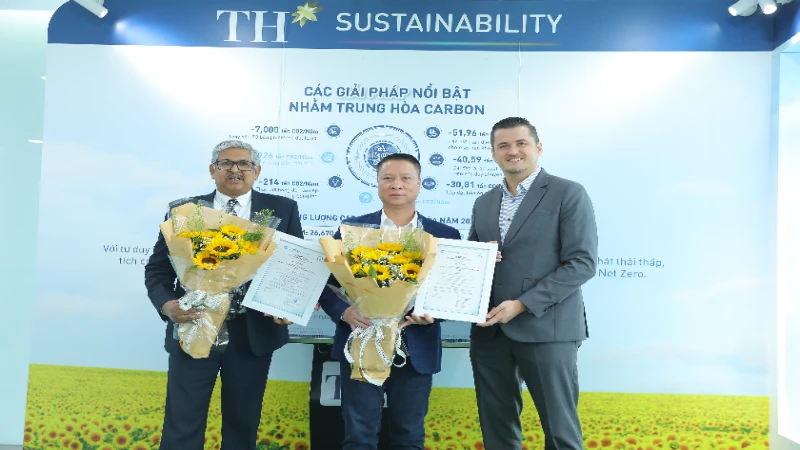

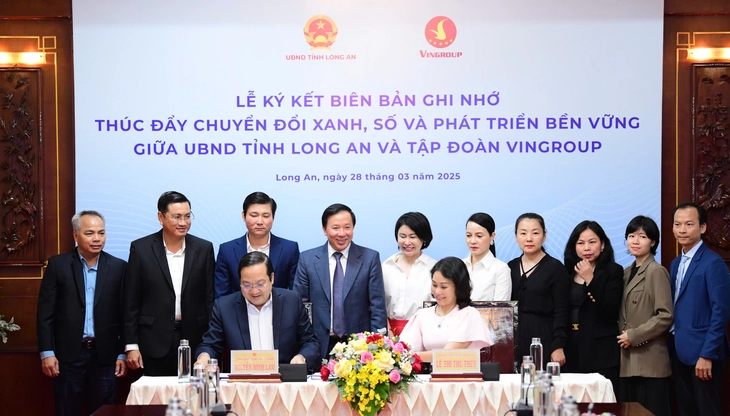

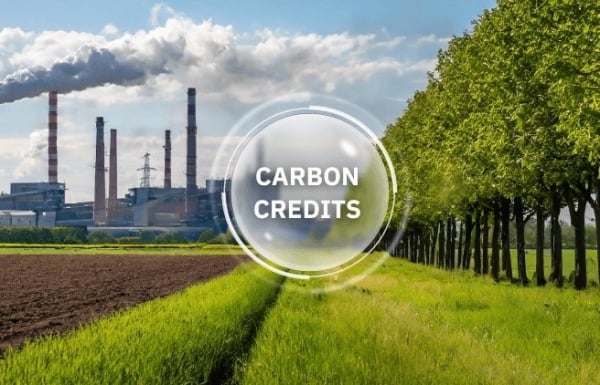



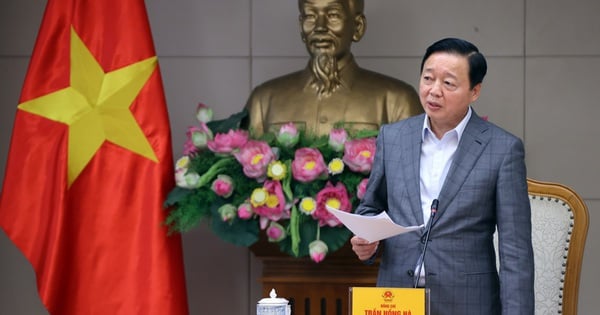

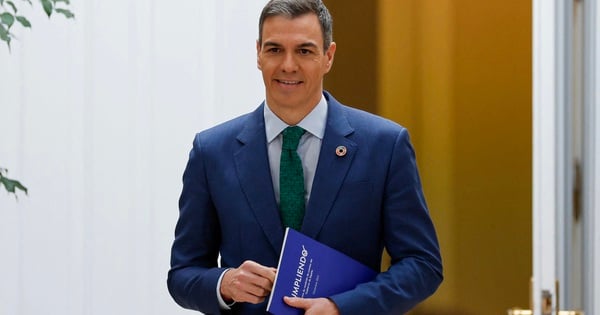



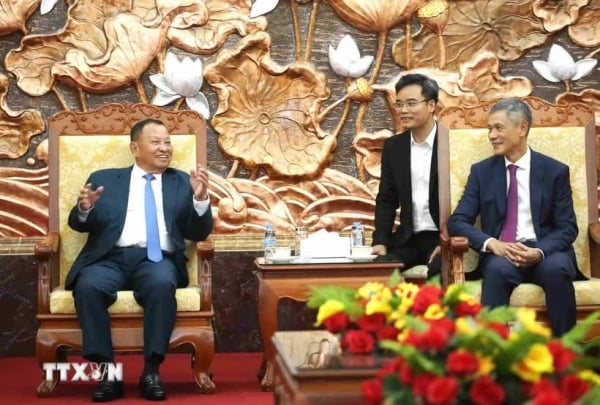
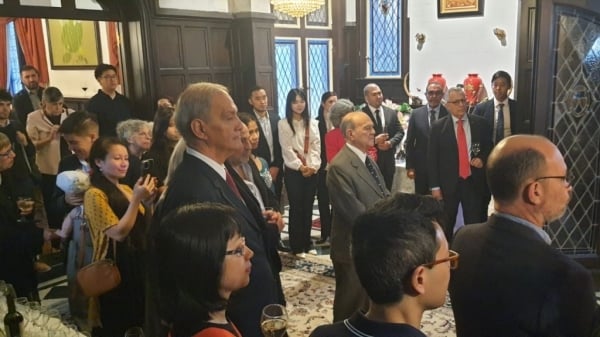








![[Photo] Dong Nai people warmly welcome the forces participating in the parade](https://vstatic.vietnam.vn/vietnam/resource/IMAGE/2025/4/5/ebec3a1598954e308282dcee7d38bda2)
![[Photo] Hanoi flies flags at half-mast in memory of comrade Khamtay Siphandone](https://vstatic.vietnam.vn/vietnam/resource/IMAGE/2025/4/5/b73c55d9c0ac4892b251453906ec48eb)













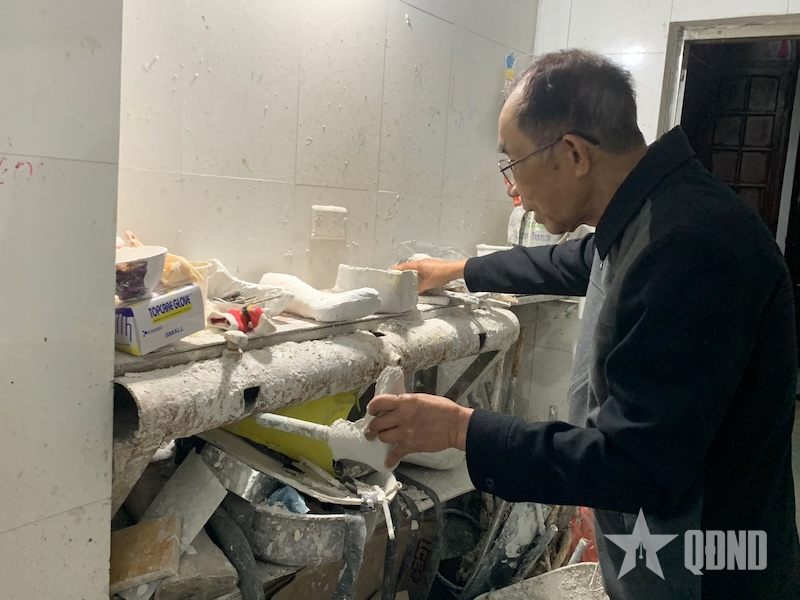





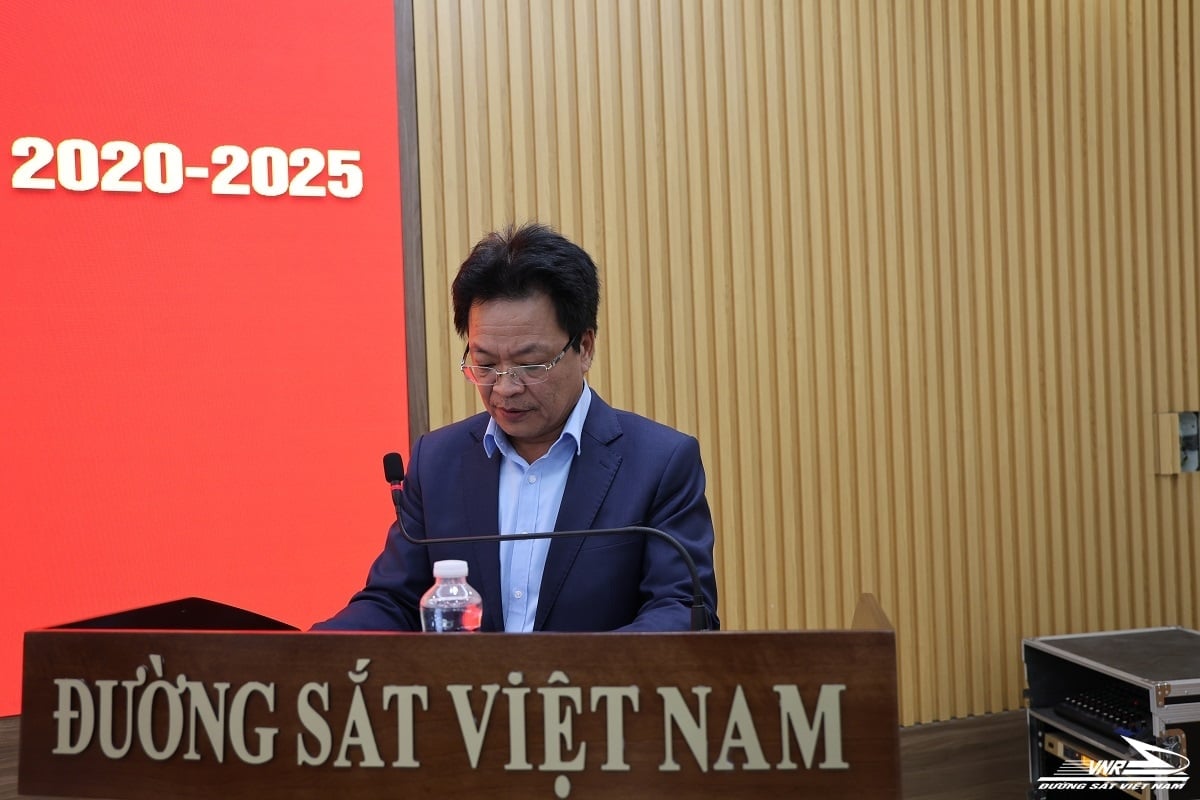



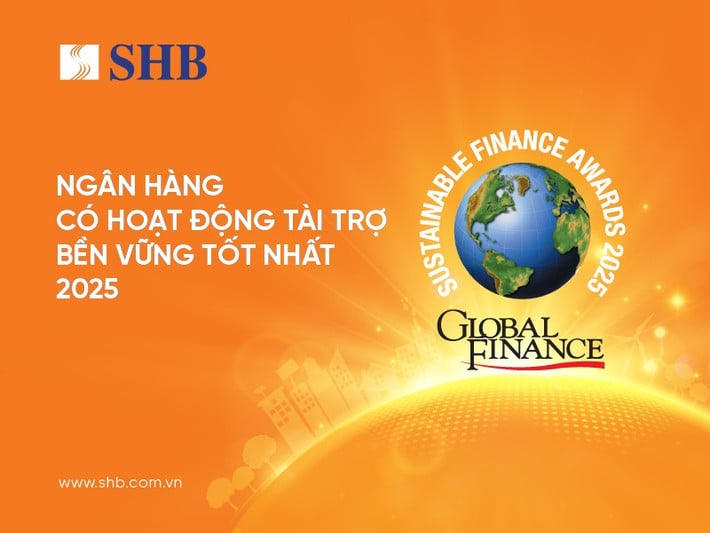




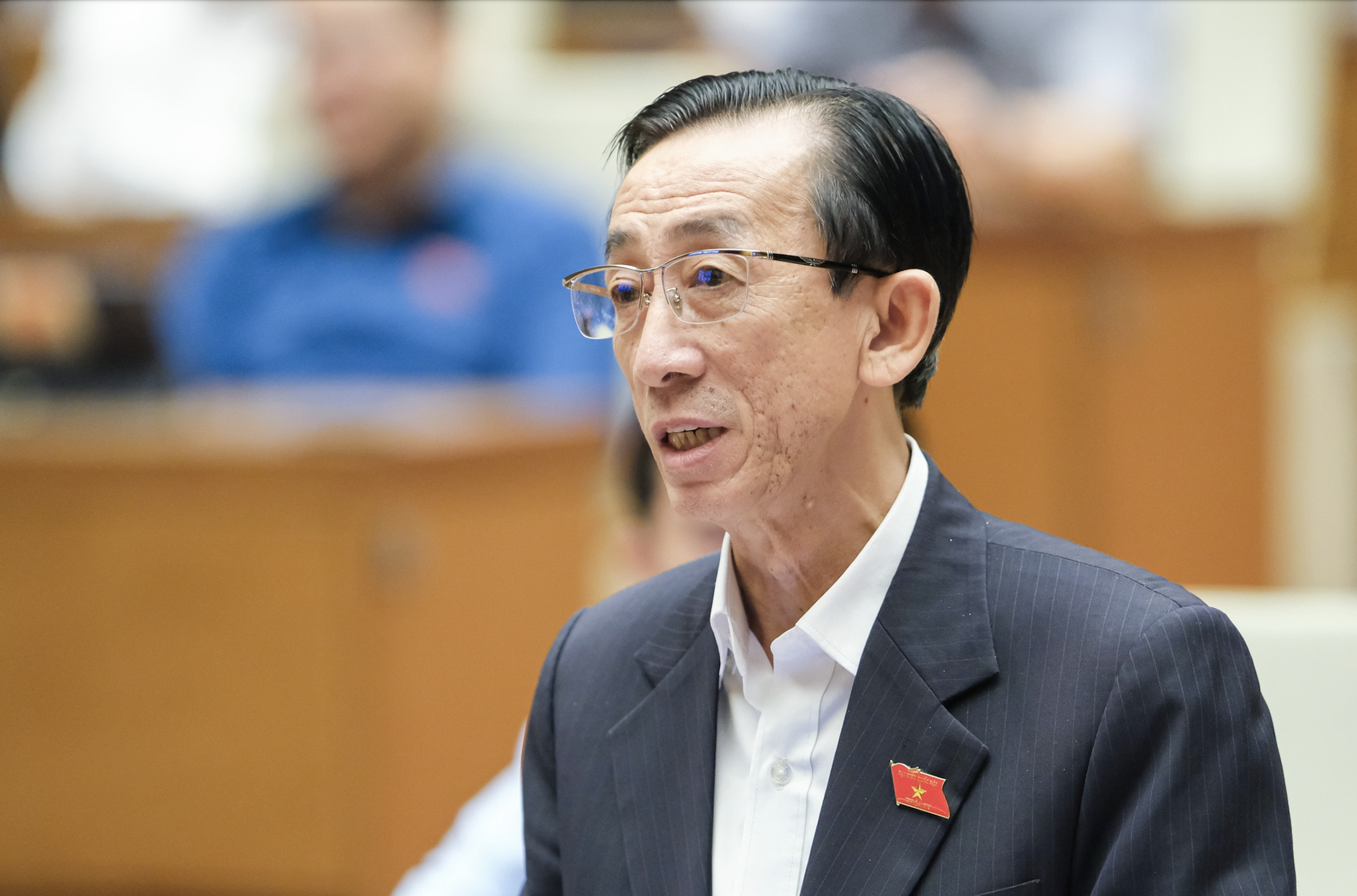

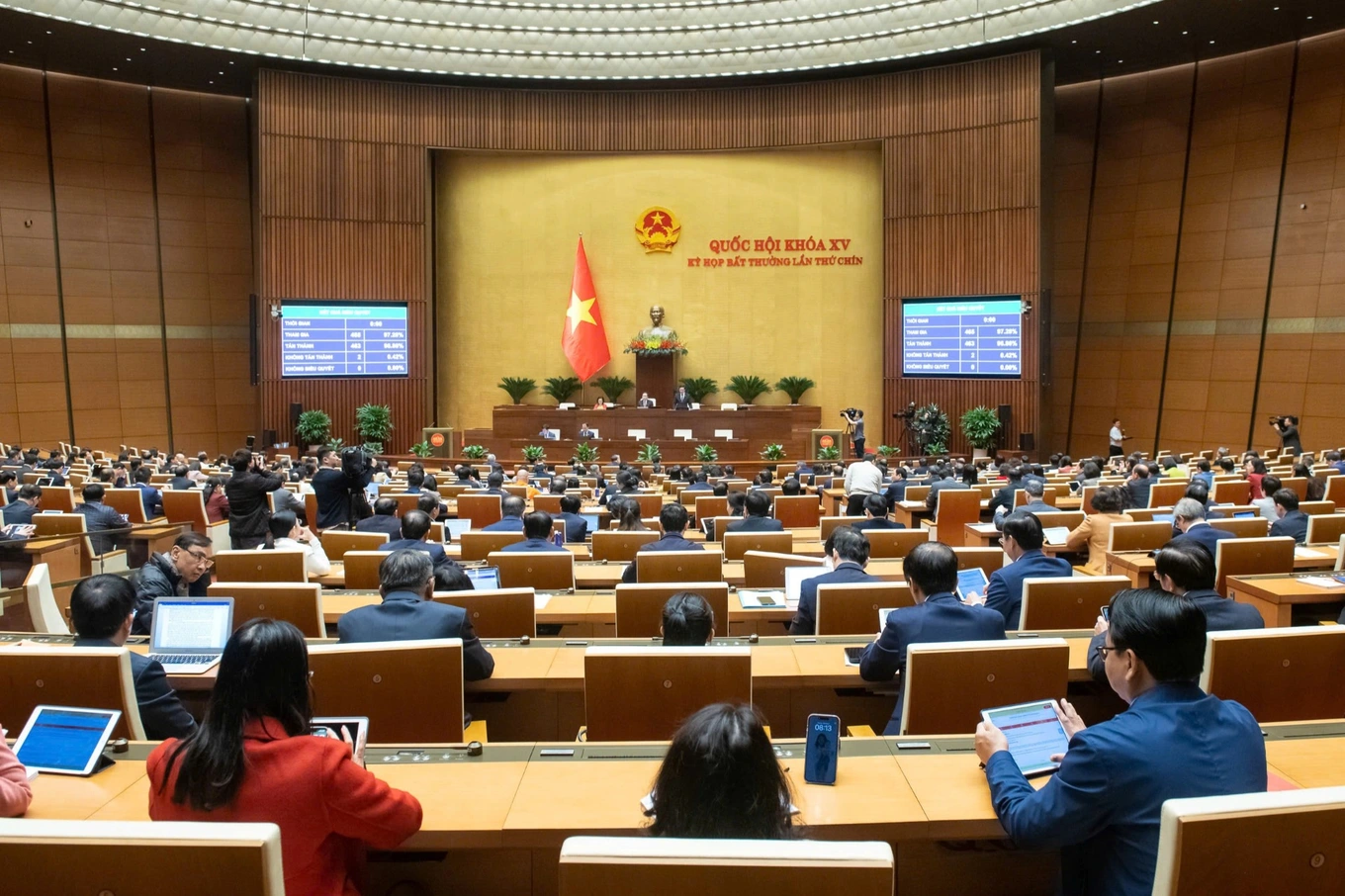


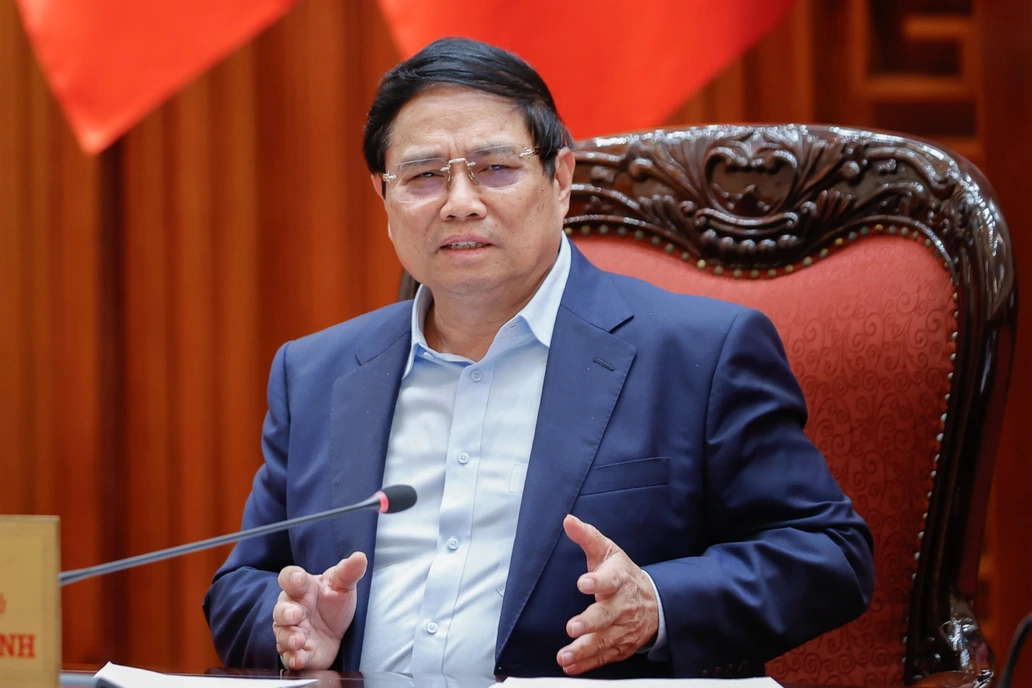



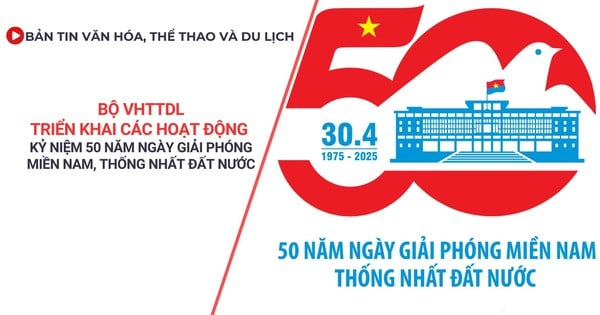




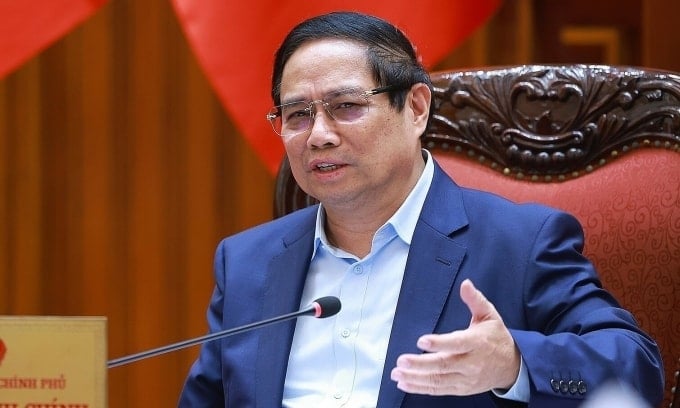



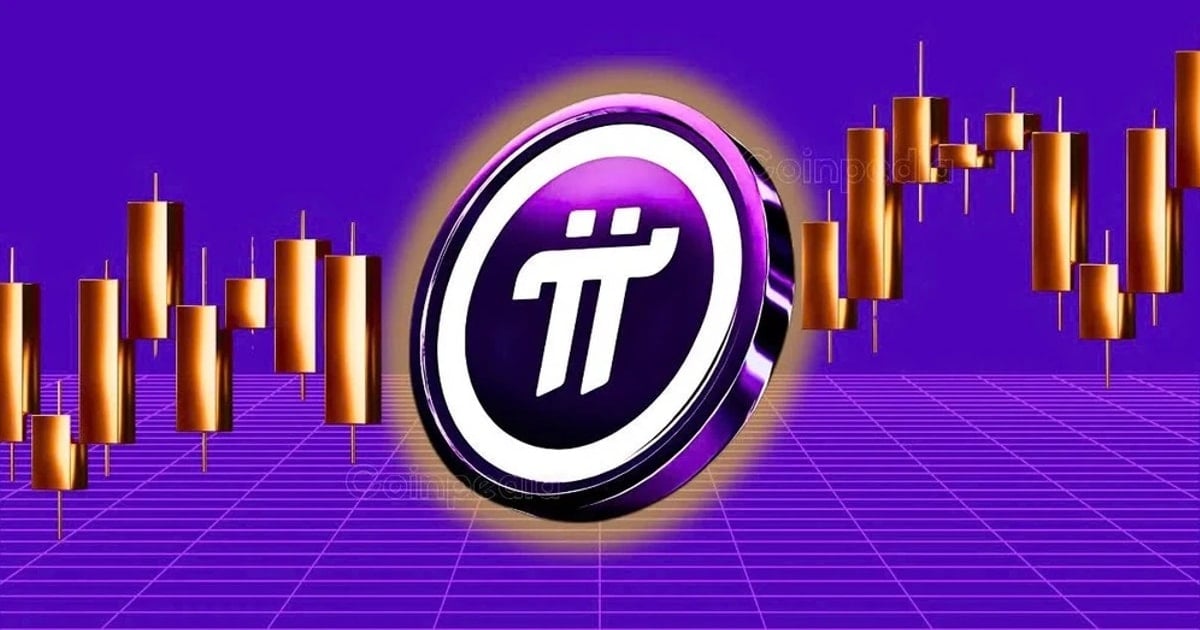

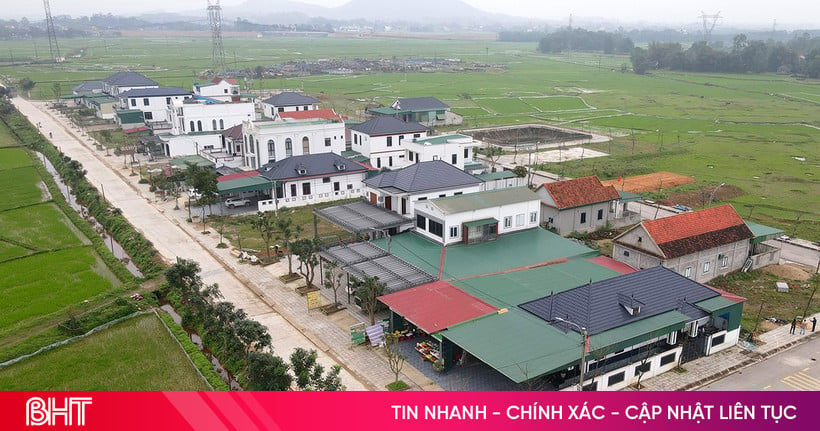


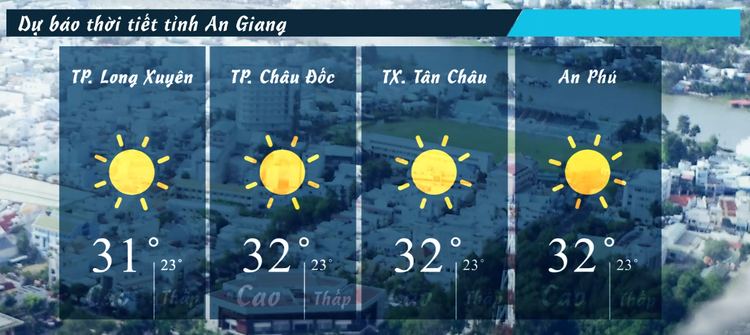






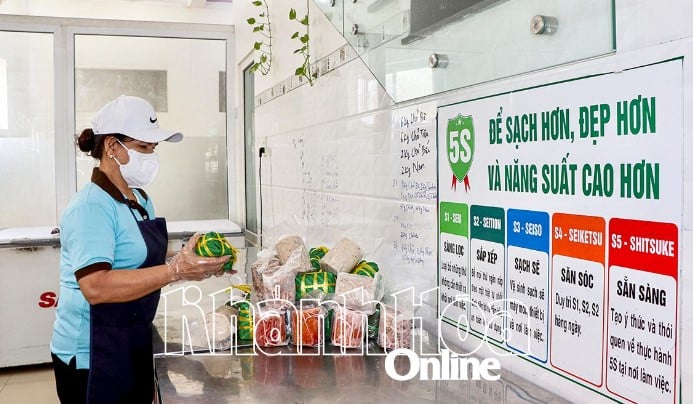

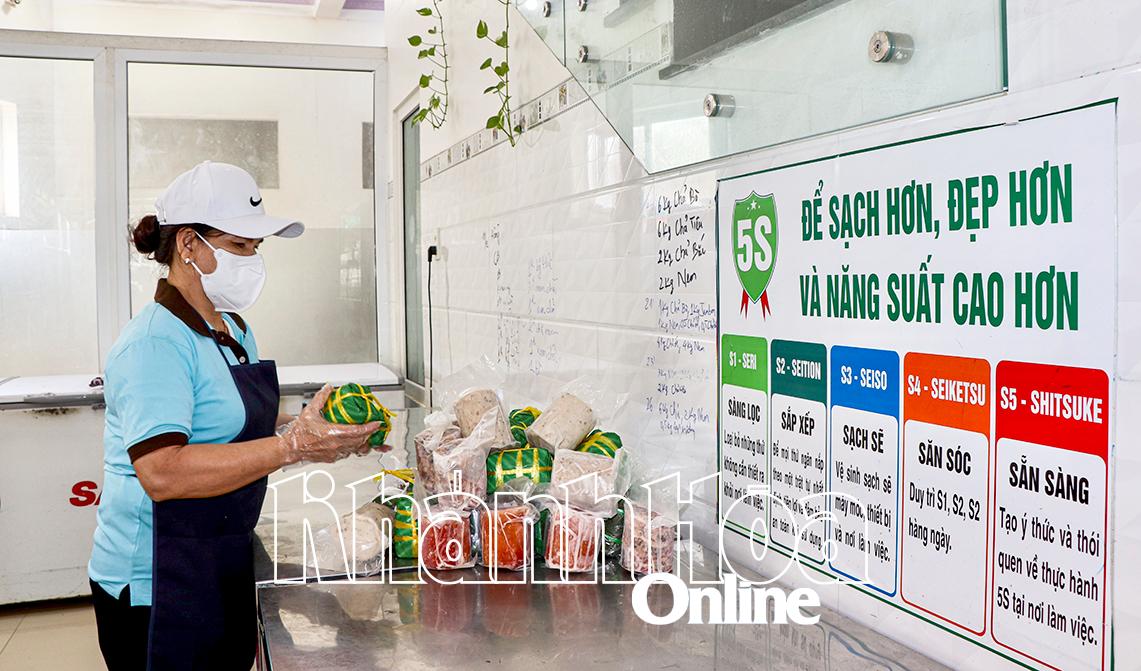
Comment (0)